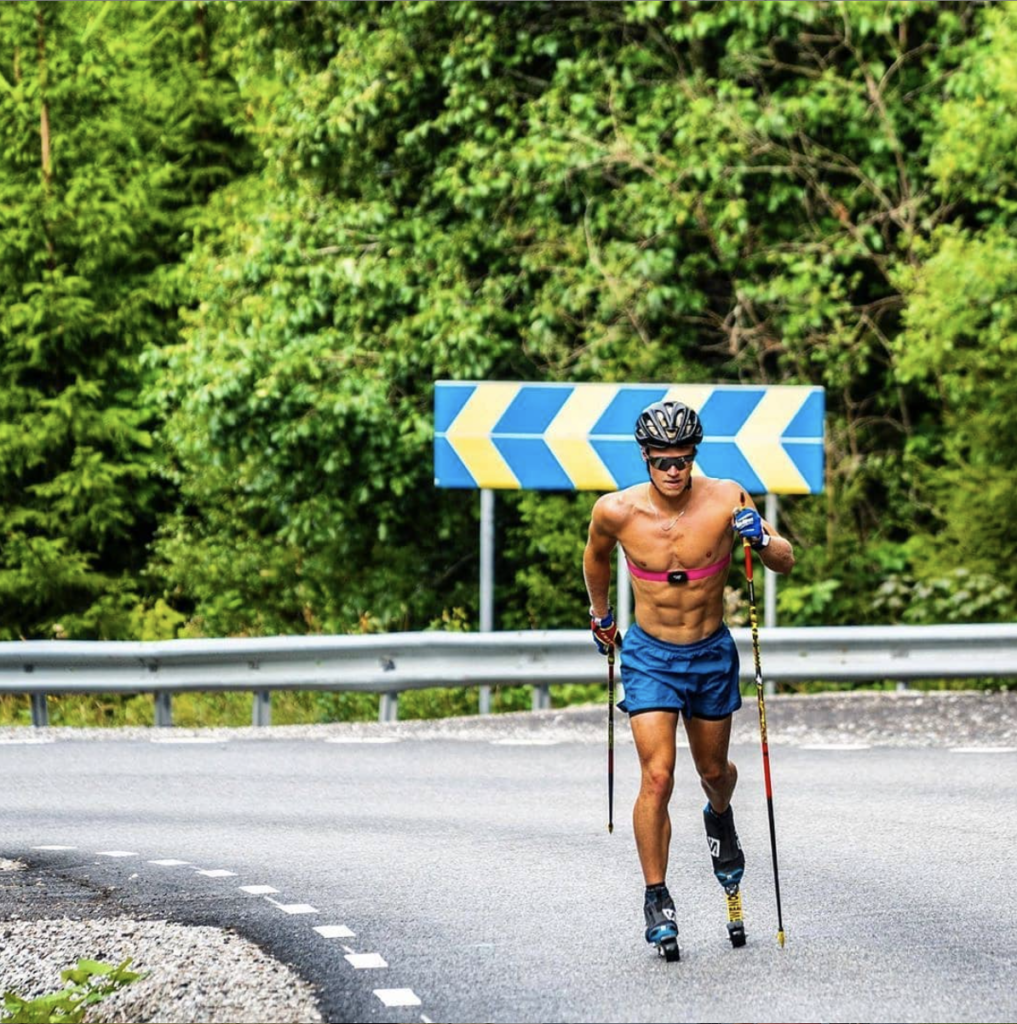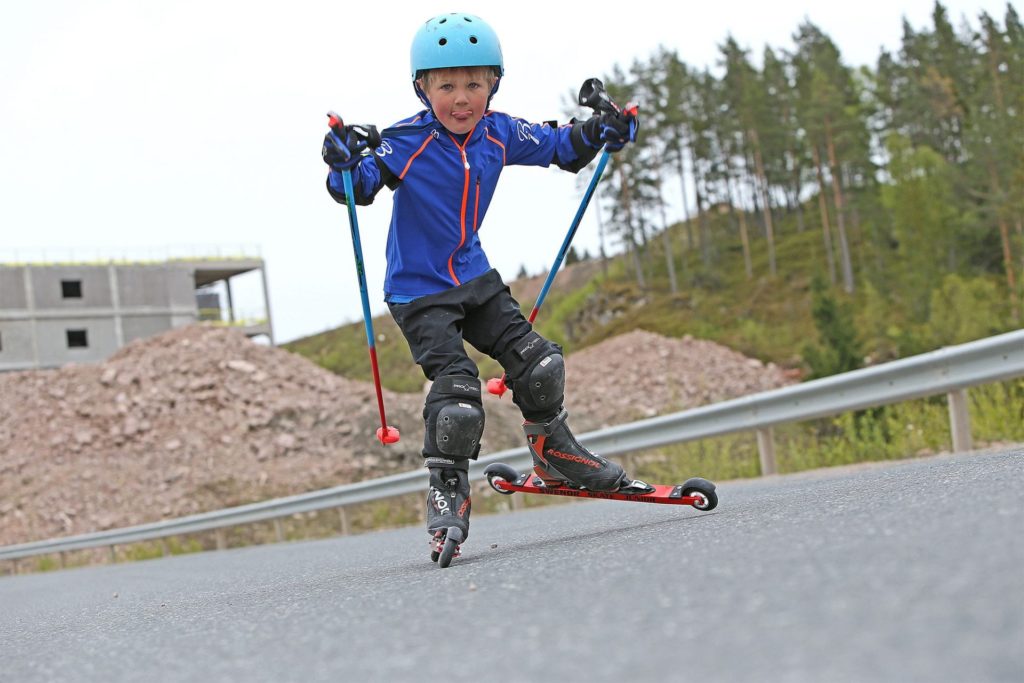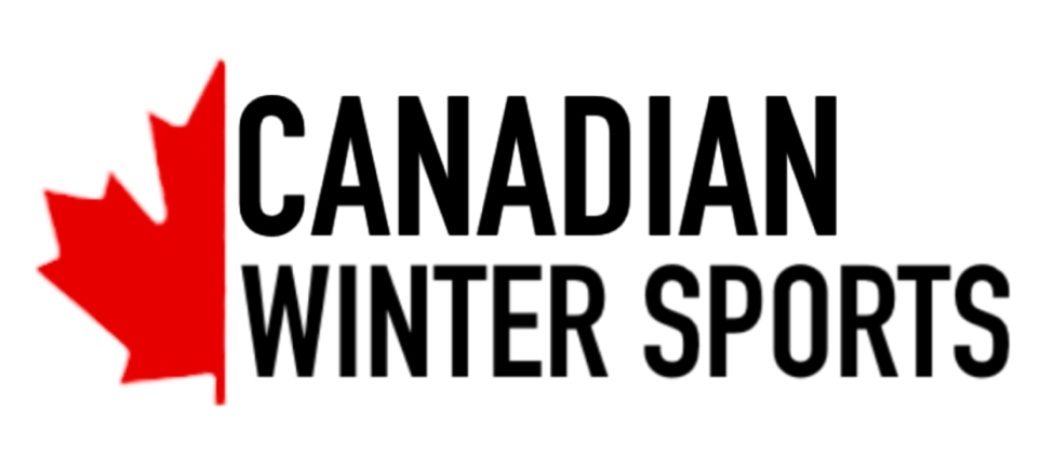Be Prepared for Rollerski Practice
Contributed by Kevin Shields

I have been coaching for almost 30 years. Being prepared for practice has become routine. I know where I am going and what I need to take—”skis, poles, boots – helmet, cones, chalk, balls, workout plan and weather.” However, a week ago, I forgot my rollerskis! I should mention that I am Irish. One of the athletes in the group had an extra pair of rollerskis in his ski box. What luck! As is often the case, a situation like mine leads to new learning or rethinking. In this case, I could have laid my skis out or in a rollerski bag, ready to go to the early morning practice. Fortunately, things worked out; I had some loaner skis for the session, which allowed me to compare my Swenor Skate Long rollerskis with the regular Swenor Skate. The difference in the mounting point of the binding does make a difference, and the slight difference in the weight of the ski was noticeable. The regular rollerski felt more agile, but it took me some time to get my balance on the ski. The longer ski feels more stable.
This situation got me thinking of when I started coaching rollerski practices with young skiers in Waterloo. The club had a set of five junior rollerskis (Elpex combi skis). I was responsible for checking and maintaining the equipment and bringing them to practice to distribute to athletes for their practice. This group of skiers were ages 10 to 13. These practices aimed to introduce roller skiing in a safe, fun format for young skiers. We used a parking lot with a flat area and a slight downhill. Sessions were 20 to 30 active minutes of loops and challenges to learn balance, cornering, speed control and agility. These short sessions for a few weeks in the fall were very effective. I have summarized my recommendations from my early experience coaching skiing and what I have learned over the years.

Recommendations for Introducing young skiers to roller skiing:
• Get a club set of junior rollerskis. The lighter weight and shorter skis make a difference. Further, the wider wheels on classic skis allow for more stability for junior skiers.
• Choose a location with smooth pavement where skiers are within sight. This allows for interactions and observation. Coaches can progress challenges and keep the sessions engaging. Importantly, coaches can give skiers the time to practice and repeat skills to gain confidence and become competent at roller skiing.
• Skiers need good boots with ankle stability—a junior boot with an ankle cuff. If your ski club has a ski rental program with ski boots, bring these along to these practices to loan to skiers.
• Keep the sessions short and active while allowing young skiers the time to establish their comfort and confidence in roller skiing. A ski practice with a variety of activities that includes 20 active minutes of roller skiing is superior to a practice entirely dedicated to roller skiing.
If you want to discuss rollerski practice design or club rental rollerskis, please get in touch with me at kevin@canadianwintersports.com
